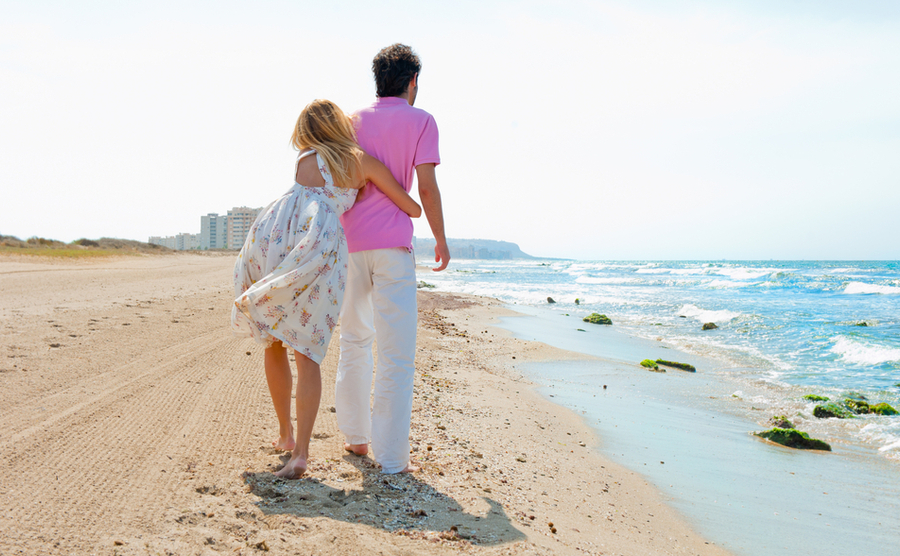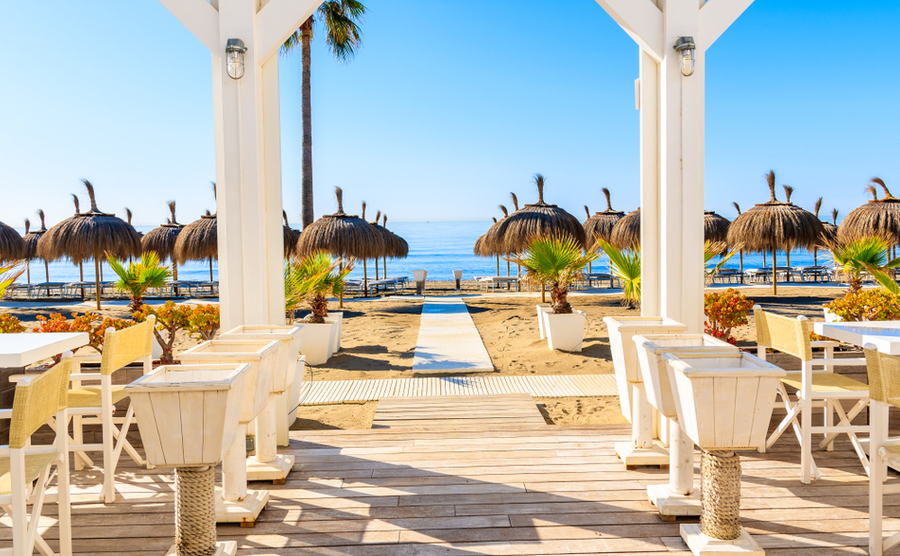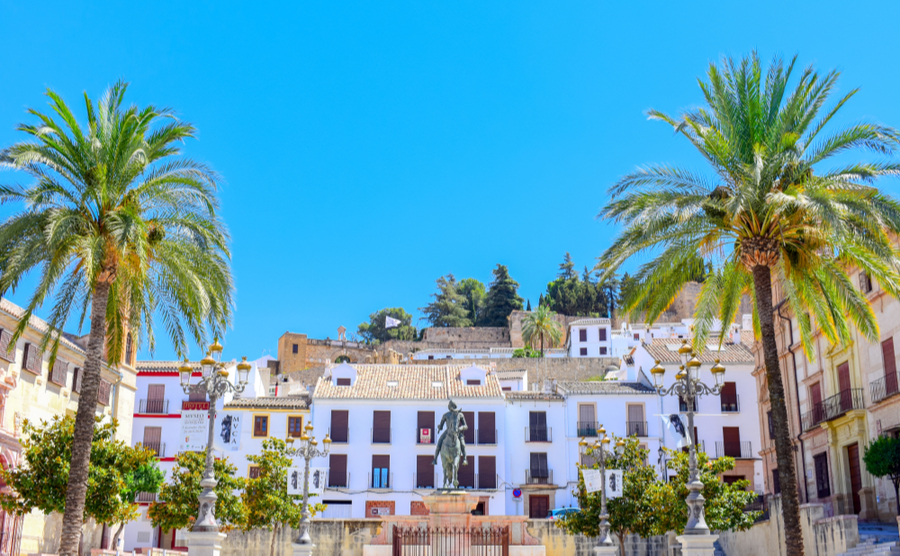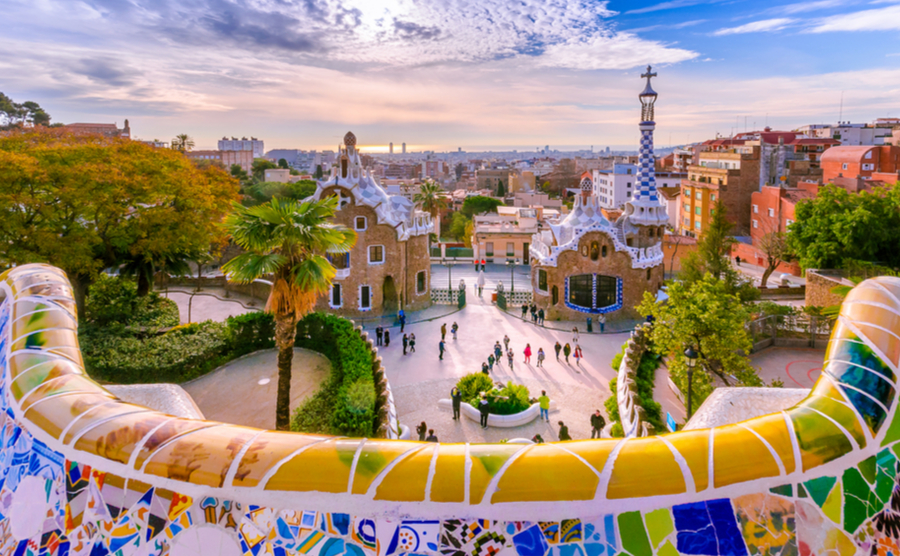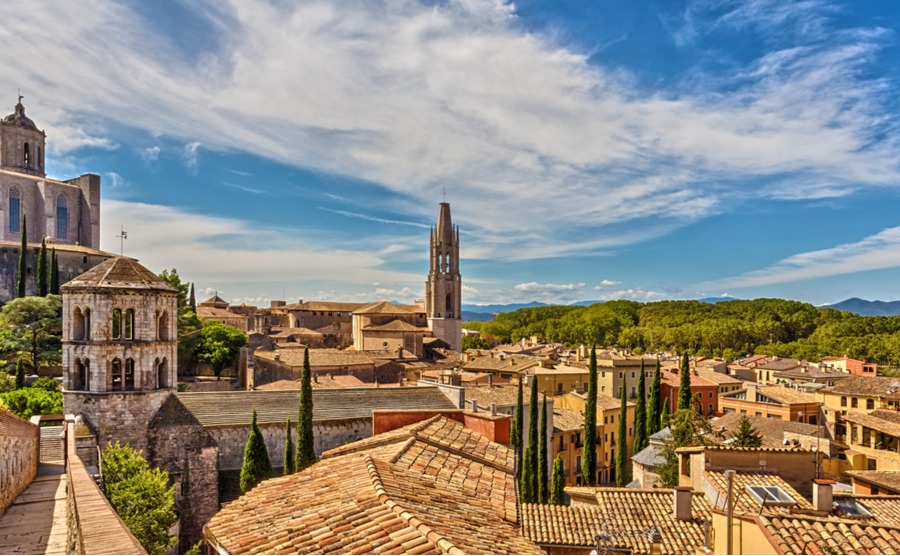The data is in: the Valencian Community, Andalusia and Catalonia are the top regions that international buyers purchase a home in. Here, we look at what makes each area so desirable and where you might like to own a home.
According to the Spanish Notaries report published recently, sale of property to non-Spaniards rose by 29% in 2022, a figure higher than expected though most of the increase was in the first half of the year.
Sales are slightly down in the first few months 0f 2023 but a review of the regions where most foreigners buy property is interesting. As expected, the Valencian Community and Andalusia are still the most popular destinations but now with Catalonia sitting at number three. Murcia, a long held popular destination is lying in 7th place.
Property in Andalusia, particularly around Málaga has increased substantially in the past year or so, as have certain locations in the Valencian Community. Catalonia has never been a cheap place for property and the trend continues upwards here too. But the market has been boosted substantially by the French who have decided to cross the border for a safe haven.
British people are also buying large amounts of property along the coast though they generally spend less on a purchase than some other foreigners.
What it all means is that Spain has not lost its attraction as a place to live in and where to buy property.
Let’s have a look at the top three regions for foreign buyers.
Find homes in Spain via our property portal.
Valencian Community
This time around sees this region at the top of the list for foreign buyers. It’s not surprising as there is much to enjoy here, both in the delightful city of Valencia itself and in surrounding areas. With a yearly average temperature of 18.4°, short winters and hot, long summers, it attracts people from all over Europe and beyond.
Around five million people have their home in this region. Valencia is the third largest city in Spain but has managed to retain its authenticity in the old town whilst looking toward the future at the City of Arts and Sciences a short distance away.
A bus ride takes you to the tranquil Albufera lake where a trip in a boat sends you on a peaceful journey and where to stop for a genuine paella for lunch. The beaches of the city are twenty minutes from the metropolis and can be reached by tram and bus.
Godella
The province of Valencia is actually made up of 266 different municipalities. People who feel the need to be close to a city but would prefer to live in a smaller town might look at Godella. It lies around 20 minutes away from the city of Valencia, it is a dynamic place with many high-end properties. One of its main advantages is the metro runs straight into the city itself.
Similarly, Rocafort has easy access to Valencia but offers a more relaxed lifestyle. Many foreign buyers have found their ideal home in La Eliana which is a pleasant place with a delightful park, sports centre, all amenities, supermarket and offers an outdoor cinema in the summer.
For the more budget conscious, take a look at Picassent. It is ideal for people with children and again not too far from Valencia city. There is also a beach about a fifteen-minute drive away.
Anyone seeking a peaceful location might venture to Puzol, located in the lovely foothills of Sierra Calderona Natural Park. Outdoor activities thrive here and if you play golf or ride horses it would be an ideal place for you. Also, a twenty-four-minute drive gets you to the beach. There is a pretty old town with traditional houses and cobbled streets, but you’ll also find some excellent urbanisations nearby.
The Costa Blanca
The Valencia Community encompasses the beloved Costa Blanca. Where many international buyers flock to for its Blue Flag beaches, resorts, nightlife (think Benidorm), established expat community and easy, year-round flights from Alicante airport. While all the Costa Blanca promises these things, spots you might want to bookmark include: Torrevieja, it has its own rose-tinted lake; Albir, it has its own film festival; and Orihuela, it is great for shopping and golf.
Andalusia
Andalusia is home to some of Spain’s most stunning locations: Seville, Granada, Córdoba, Málaga and Marbella in particular. However, it can get very hot in the summer months, even in those places close to the coast, perfect for the lizard-like amongst us.
But if you love Andalusia but would rather take the edge off the heat, Jaen is actually one of the coolest places in the region. It can reach 35° (considerably cooler than Seville for example where temperatures have often exceeded 43°). Moreover, it also gets quite chilly in winter and has been known to hover around 5°. It is a typical Andalusian city with an imposing cathedral and square, as well as a fabulous castle. Jaen offers some stunning views and some of Spain’s best olive groves. Olive oils from here have won numerous prizes for their quality and taste.
The Parador hotel is worth a visit. There are plenty of green spaces, fountains and historic buildings as well as some good shopping streets. It isn’t particularly touristy which some may find a blessing compared to the overcrowded coast.
Antequera
About 45 minutes drive from Málaga is the town of Antequera where many Malagueños (people from Málaga) have second homes and to where they retreat in the heat of the summer. Antequera has a dry heat. July is the warmest month with an average of 33° but a comfortable 14° in winter.
A thriving place with its own particular Andalusian culture, Antequera is a pleasant place to live in. Again, it isn’t on the main tourist trail and people are really friendly. If you already speak Spanish, that will help you go a long way to meeting people and becoming part of the community there. Spanish lessons are available for those who want to learn. It is an architectural delight and the weekly market on Tuesdays is a place to meet people, chat and buy wonderful local produce.
Archidona
Rather smaller and less well known is the town of Archidona. July temperatures are similar to those in Antequera whilst the winter average is around 13°. It has a very unusual eight-sided town square and lots of interesting buildings and interestingly it used to be the Moor’s capital in Málaga province.
The town has its own special gastronomic delights, especially porra, not unlike gazpacho but with a different consistency and using different vegetables. (It can also be enjoyed in Antequera). Ideal for horse riding, hiking and riding trail bikes, the town has also modernised itself and now offers a lot to make living there a better experience for everyone. Property prices here are lower than on the coast which lies about 50 km away.
Catalonia
Despite recent problems within Spain, Catalonia is fast becoming one of the most sought-after regions for foreigners. It is comparatively unspoilt, certainly in the areas above Barcelona, it has excellent communications with the rest of Europe by air, rail and road. It is a region of contrasts from the peaks of the Pyrenees to the small coves of the Costa Brava and the fertile plains between the two dotted with little mediaeval stone villages and other long beaches of golden sand.
Barcelona
The capital, Barcelona, is well known as it is a major tourist centre. Further south in the city of Tarragona, home to several Roman ruins including a well-preserved amphitheatre. Girona to the north is less visited and all the better for it. Lying on the river Ter, it has wonderful, colourful buildings following the river’s path. However, where do most foreigners head for? Yes, Barcelona and the beaches.
Catalonia has many different types of beach to discover from tiny coves hidden below the steep rocks to wide expanses of sand stretching for several kilometres. The north of the region, the Province of Girona is now the most expensive place after Barcelona. You can great property choices both near the sea and inland. Tarragona and surrounding areas are less expensive but still command a reasonable price, particularly in places like Reus which like Girona has its own airport served mainly by Ryanair.
If you need to be close to Barcelona, have a look at the small town of Teià. There are around 5500 inhabitants and some wonderful vineyards. It’s just a 20 minute drive to Barcelona but it feels a million miles away from the busy city. It boasts a tennis club and Pitch & Putt golf course and it is walkable distance from the beach at Masnou. It is also close to the Parc de la Serralada Litoral with hiking and biking trails. 28° average in July and 14° in January.
Girona
For those who don’t need to be within a stone’s throw of Barcelona, there are plenty of really pleasant places to live in. North of the city, in the province of Girona is the pretty mediaeval town of Torroella de Montgrí. It is a striking place, with stone buildings and traditional winding streets, an imposing church and a very smart hotel housed within ancient walls. It is 6 km to the sea in L’Estartit which is itself a mecca for tourists and second home owners. Torroella has everything you need for daily life and more. It is much cooler for most of the year than in the south though it can reach 33° in summer and a low of 2° in January.
South of Barcelona is Cambrils in the province of Tarragona. It is still a fishing port but has become one of the most popular places to live on this part of the coast. The old town still exudes charm and the town is geared mainly to families and older people. The young head for nearby Salou. Cambrils has a long promenade and a beautiful park, Parc Sama and also Parc de Pescador, the latter lying close to the sea with tall trees offering shady spots in the summer. Its average summer temperature is 29° and winter 14.


 Property Guides
Property Guides France
France Portugal
Portugal Spain
Spain Italy
Italy USA
USA Ireland
Ireland Greece
Greece Cyprus
Cyprus Australia
Australia New Zealand
New Zealand Canada
Canada Turkey
Turkey UK
UK
